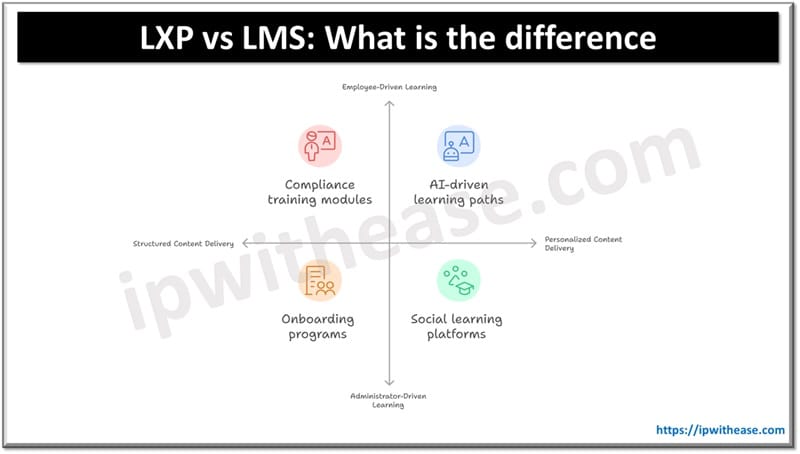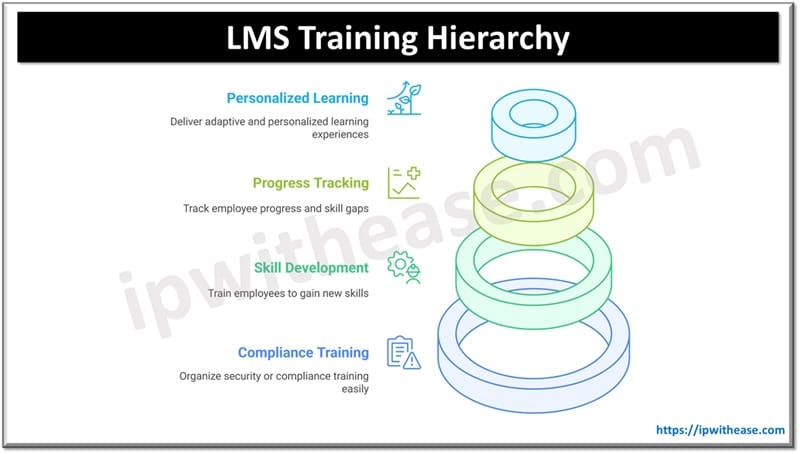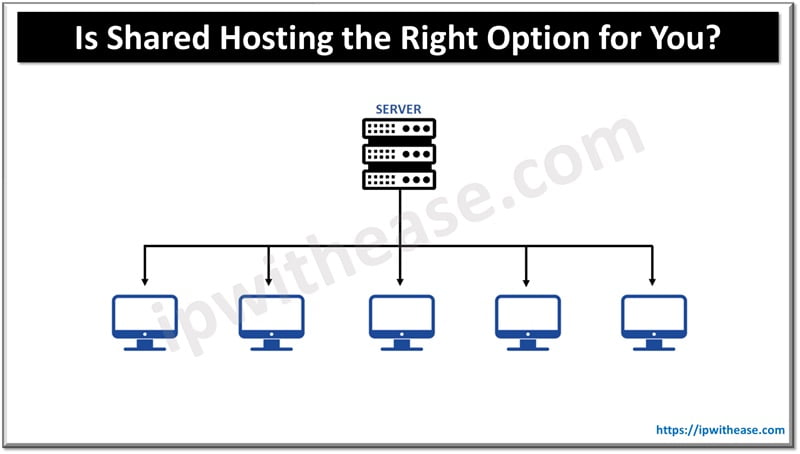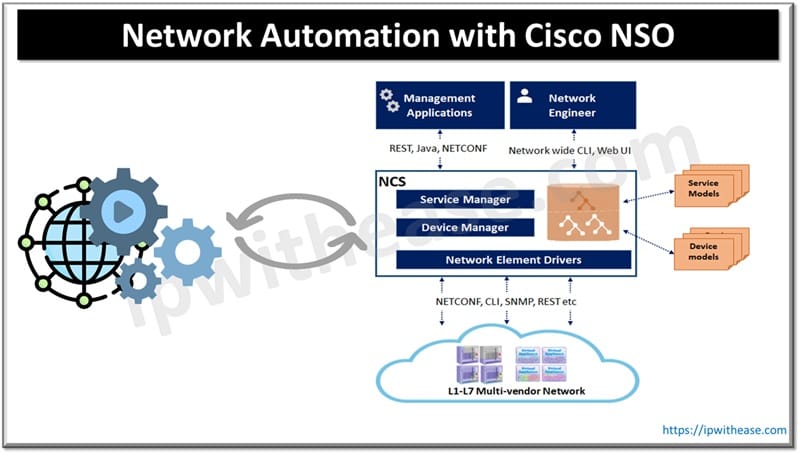Table of Contents
Ongoing and accessible training is one of the things employees expect. This is especially true in today’s remote work environment, where employees and management must stay on the same page. Modern enterprise software, including LXP and LMS, helps to create the right conditions for remote learning and smooth communication. Today we will find out which of these learning management systems – LXP or LMS – is more effective in solving the problem of knowledge transfer in the workplace.

LXP vs LMS: What to choose
Traditional libraries with paper books, filing cabinets, and quiet reading rooms are still popular in some educational institutions and organizations. Today, however, it isn’t easy to imagine the learning process without electronic solutions that contain an inexhaustible amount of information, perhaps covering all existing topics. As a result, software solutions that can be accessed via smartphones, laptops, or desktop computers have become an invaluable alternative to traditional libraries.
Today, all you have to do to help your employees learn new skills is provide them with training materials and ensure they have easy access to them on the go. For a long time, the LMS has done this job successfully. Employees could find training materials in such learning systems and learn at their own pace.
In practice, however, it turns out that the employee’s learning experience is critical to learning outcomes. That is, the training material must adapt to the learner’s level of knowledge, learning pace, goals, etc. To solve this challenge, a Learning Experience Platform was created and is in high demand today because it can adapt as the learner progresses. However, LXP training is much more than employee experience.
What is an LMS?
An LMS, or Learning Management System, is software designed to deliver training within an organization. It contains learning materials that can be accessed offline and from any device. Administrators can manage the content of learning materials, create courses, track learning activities, access analytics, and report on learning progress. The LMS provides access to the course completion rates and the individual learner’s (your employees’) performance. In short, the LMS provides access to learning materials and contains analytics on learning progress. And that’s all it does.
However, even with limited functionality, such systems enable corporate learning that leads to compelling benefits. For example, training helps employees identify and leverage their strengths in the workplace. Statistics show that when employees know and use their strengths, they are nearly six times more engaged, more productive, and less likely to leave the company.
What is an LMS used for?
An LMS is primarily used to train and develop employees, not only top performers but also newcomers and those at the back of the line. Training, in turn, helps employees gain new skills and make the employer’s organization more productive and influential in the marketplace. In addition to topical courses related to employees’ direct responsibilities, the LMS provides compliance training. With an LMS, you can easily organize security or compliance training.

The great thing about an LMS is that:
- All training materials are stored in one place, making it easier to manage and update content.
- You can track employee progress, identify skill gaps, and provide additional support as needed.
- You can save money because an LMS eliminates the need to conduct separate training sessions, send employees to offsite conferences, or invite guest speakers.
To go further and deliver adaptive and personalized learning, rely on the employee learning experience, not just the LMS.
What is an LXP?
A Learning Experience Platform (LXP) puts the learner’s experience first. In this case, learning materials are not only delivered, but also customized to each learner’s needs, interests, and other aspects.
LXP platforms are similar to YouTube, Netflix, or the social networks we are used to. In LXPs, we also see lists of content recommendations based on our viewing history, viewing depth, and preferences. This flexibility and personalization is largely due to the integration of AI into LXPs and the seamless integration with the company’s existing services and applications. What makes LXP unique is that it adapts to the learner, unlike an LMS, which offers clearly defined and pre-designed learning paths. As a result, each person receives materials and tests that best match their needs and potential.

What is LXP used for?
When it comes to comparison of Learning Management Systems, sooner or later we will agree that they are all used to deliver learning. However, each of the available systems does this in its own way. LXP focuses on creating personalized learning paths. It doesn’t just deliver information to your employees, it customizes the learning content for each employee based on their role, interests, and career goals. It also personalizes the skill-building required for current and future roles. This is backed by targeted, employee-specific recommendations.
Overall, LXP platforms foster a culture of lifelong learning by encouraging employees to learn at their own pace. This feature of LXP seems to be a must, as statistics show that self-directed learning is one of the most important drivers for employees.
And let’s not forget that LXP is about staying current and meeting strict compliance and market needs. So, from here, we can see the differences between LXP vs LMS and how easy the choice between LXP vs. LMS might be.
LXP vs LMS: What’s the difference?
Below is an overview of the key differences between the two systems, a summary of what we have already said, and more.
Purpose
- LMS: Focuses on managing and tracking structured training, such as compliance courses and onboarding. It ensures that employees meet specific training objectives.
- LXP: Creates a personalized, engaging learning environment that helps employees explore skills and topics based on their interests.
Content delivery
- LMS: Provides internal, standardized courses with assigned learning paths.
- LXP: Aggregates content from multiple sources, including external platforms, with AI-driven recommendations.
Learning approach
- LMS: Top-down, where administrators assign courses.
- LXP: Bottom-up, where employees choose their own learning paths.
Key features
- LMS: Focuses on course management, compliance tracking, and certification.
- LXP: Includes AI recommendations, social learning, multi-format content, and gamification.
Conclusion
It’s up to you whether you choose LXP or LMS. However, as you can see, both systems can be effective in providing new skills or upskilling employees. The key is to consider not only your current knowledge and skill needs but also your future training needs. In addition, you can see that it is hard to compete without AI today, so the use of AI-based tools may be more promising. We hope you find our handy guide comprehensive and informative enough to help you make the right choice.
ABOUT THE AUTHOR
IPwithease is aimed at sharing knowledge across varied domains like Network, Security, Virtualization, Software, Wireless, etc.


